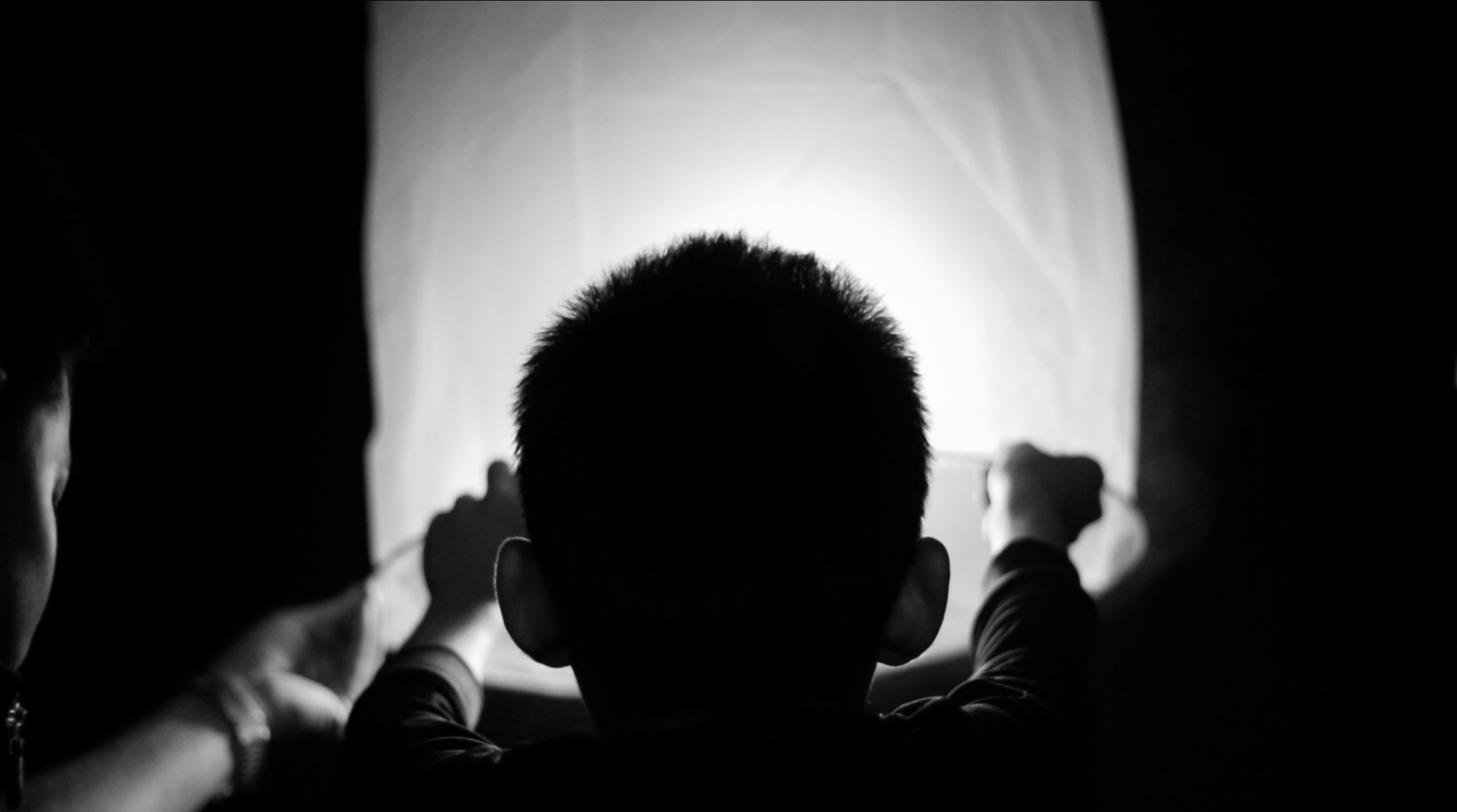Artist Series: James Robinson

“Engaging climate change at the human level”
That was the philosophy and goal behind James Robinson’s exhibition We See the Change: The Human Cost of a Warming Climate.
As a student of both Environmental Science as well as Documentary Film, James Robinson’s interest in documenting the impact of climate change comes as no surprise. After spending three months in the Mekong River Delta, speaking with the local fishermen and farmers, Robinson experienced the combined effects of hydropower dams and climate change on the riverside communities firsthand. Following the Mekong river downstream, he traveled through China, Laos, and Cambodia, noting the accumulation of problems that these communities faced due to environmental shifts. Robinson used an array of documentation tools, including photography, interviews and recorded visual footage to establish a human connection to these global issues.
This personalized connection was an integral part of Robinson’s approach, inviting the viewer to connect with the individuals depicted on a deeper, humanized level. Through his work, Robinson hopes to have an impact in “how we talk about climate change and how we understand it”. According to the artist, before visiting the affected communities, climate change seemed like an abstract concept. Like most people, Robinson connected climate change with grim scientific graphs or sensationalist images of the Arctic, but after his experience in the Mekong River he stated, “Yes, climate change is graphs and it needs to be understood scientifically, but there is this human side that makes it so much easier to connect to”. This humanistic essence is the driving force behind much of Robinson’s work.
Robinson’s exhibition, which opened on the 20th of April, could be described as “walking through a documentary”. The viewer had the opportunity to move through the exhibition with an audio guide, which narrated the story behind each photograph, stemming from interviews conducted with the subjects displayed. The exhibition also included a video and two installation pieces, allowing viewers to interact with sculptures. The audiovisual and physical qualities of the exhibition aimed to remove all space between the viewer and the artwork, facilitating the transmission of individual voices and communicating a core message: the human cost of climate change.

